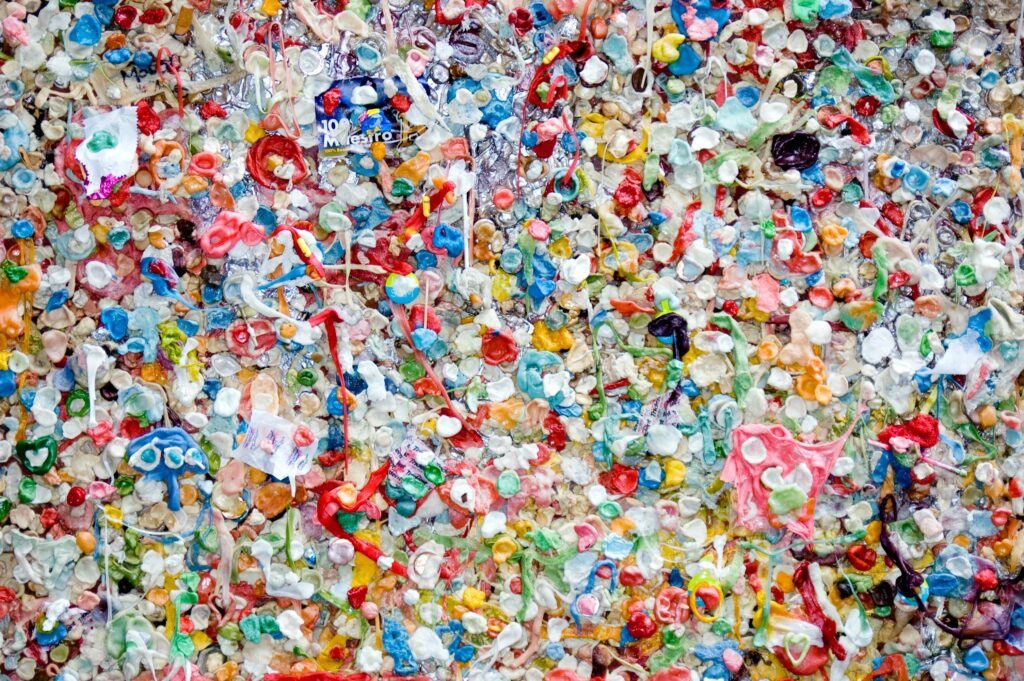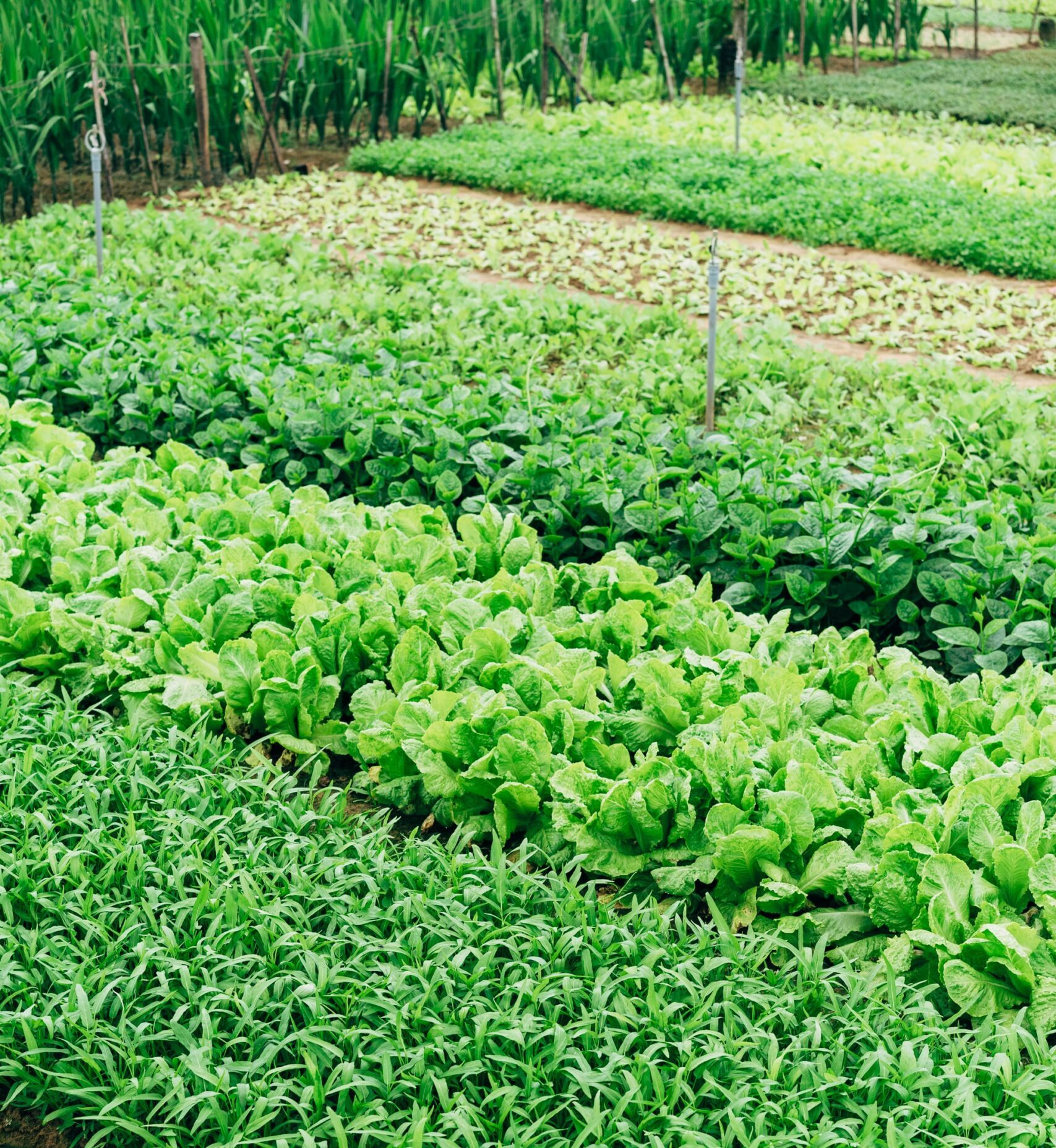
In March 2022, 175 Member States of the United Nations pledged to help formulate an international, legally binding treaty to address the world’s plastic pollution problem. Since then, representatives from different countries have met twice to formulate this agreement. The United Nations Environment Program’s (UNEP) deadline for this treaty is 2024.
Currently, humanity produces roughly 430 million tons of plastic every year according to the UNEP. If plastic usage trends persist, this rate is expected to more than double by 2060. Around half of plastics are “single use” items. These are designed to be used once and then discarded. Since plastics can take anywhere from decades to centuries to decompose, they accumulate over time. They may be consumed by animals, break down into microplastics, and leach chemicals which pollute the water and soil.
Plastics pose an alarming threat to biodiversity, climate, and human health around the globe. Right now, only about 10% of all the plastic waste ever produced has been recycled. The UNEP states the Global Plastics Treaty will forge a solution that “addresses the full lifecycle of plastic, including its production, design and disposal.” However, several meetings remain before the treaty’s terms are finalized.
What Exactly is Plastic and How is it Made?
Plastic refers to a range of synthetic or semi synthetic polymers which are formulated into a material that can be molded into a solid shape. Plastics are either “synthetic” or “biobased.” Synthetic plastics use fossil fuels as their raw materials. Biobased plastics use starches from renewable resources such as corn or sugarcane. Despite being made from biological materials, biobased plastics are not necessarily biodegradable.
Both synthetic and biobased plastics require the use of important natural resources as raw materials and during processing. Both have devastating effects on the environment. The extraction of fossil fuels for use in synthetic plastics causes environmental damage. Meanwhile, growing monoculture crops for biobased plastics is resource intensive and contributes to environmental degradation through pollution of waterways, habitat destruction, and soil depletion.
Although plastic is pollutive in its final state, the creation process for plastics also contributes to their negative environmental impact. After the raw materials used to create plastics are extracted, they must then be refined, polymerized, and compounded/processed before reaching their final state. This production process is in itself resource intensive. Additionally, toxic gasses and chemicals are released that can be hazardous to workers and contribute to air pollution.
What about biodegradable/compostable plastics?
Recent years have seen a rise in available biodegradable and compostable plastic options. In contrast to traditional plastics, which break down extremely slowly, these new options claim to break down within a reasonable time span. While this is an exciting step, these plastics still contribute to plastic pollution. Most of these types of plastic need specific conditions in order to break down fully. If they are not processed correctly, they may lose their ability to biodegrade or be composted. Most compostable plastic products are not actually biodegradable in nature—only disappearing in industrial composting facilities.
The requirement for these specific conditions means that biodegradable/compostable plastics may not break down correctly if tossed in the trash or placed in a home composting system. These types of plastics may also contaminate recycling. Although biodegradable and compostable plastics represent a great step forward, they still pose credible threats to the environment and contribute to pollution.
What will the Global Plastics Treaty do?
The Member Nations who have committed to the Global Plastics Treaty share the goal of addressing plastic pollution. However, there are key differences in the way they hope to solve the crisis. Some nations, such as Norway and Rwanda, hope to create an international and legally binding agreement to end plastic pollution by 2040. To do this, they advocate limiting plastic production and restricting the use of some chemicals.
Countries who produce or rely on fossil fuels, such as the United States, Saudi Arabia, and China, want to control plastic waste and focus efforts on plastic recycling. The plastics industry and fossil fuel companies also support this recycling based approach. This is often labeled as “plastic circularity.” However, it is unclear how effective plastic recycling is. Plastic quality degrades each time it is recycled, so that it can only be recycled 2–3 times before it’s unusable. So “plastic circularity” is unlikely to reduce pollution in a meaningful way.
Ultimately, the final terms of the agreement remain to be seen. The next negotiating session takes place in November 2023.
Get more like this—Sign up for our daily inspirational newsletter for exclusive content!
__
Photo: Marc Newberry via Unsplash




